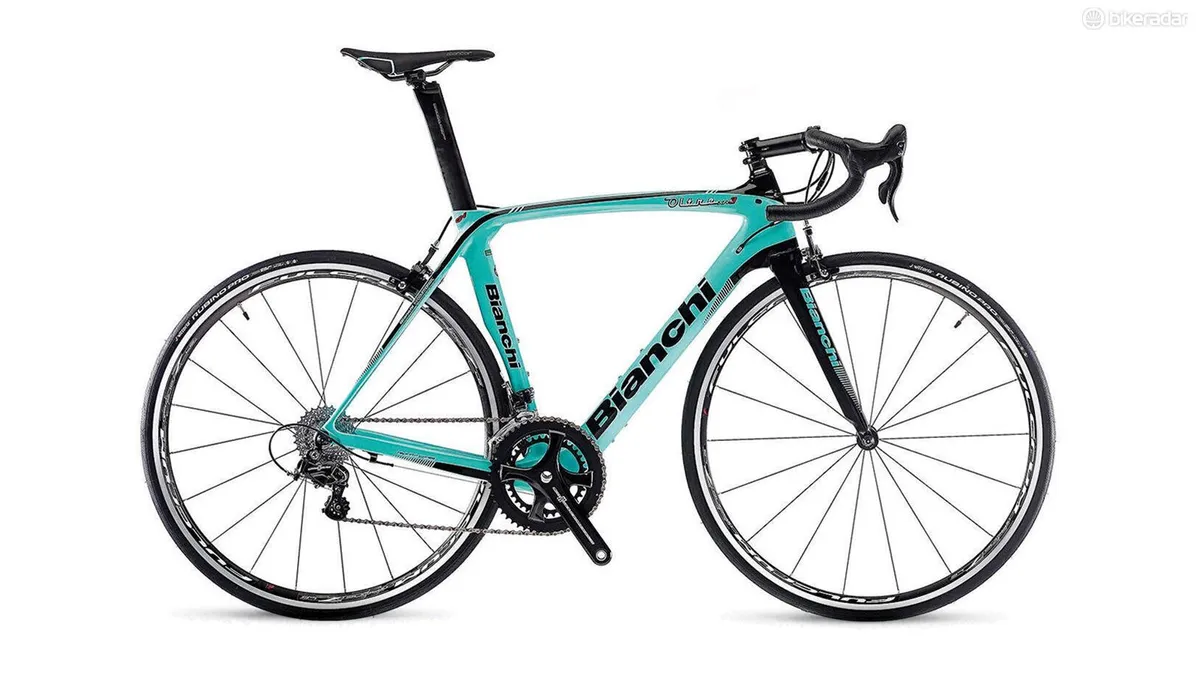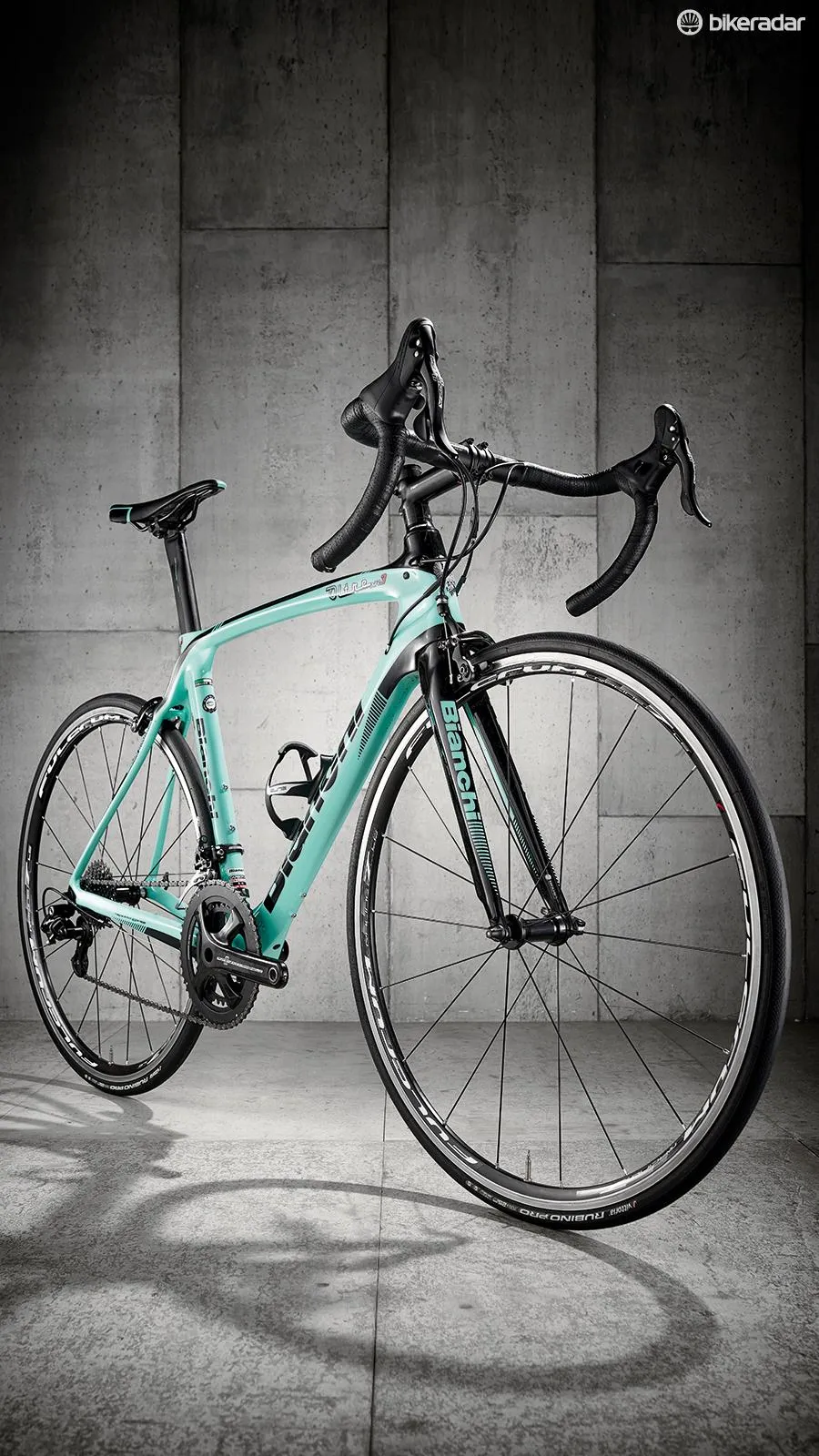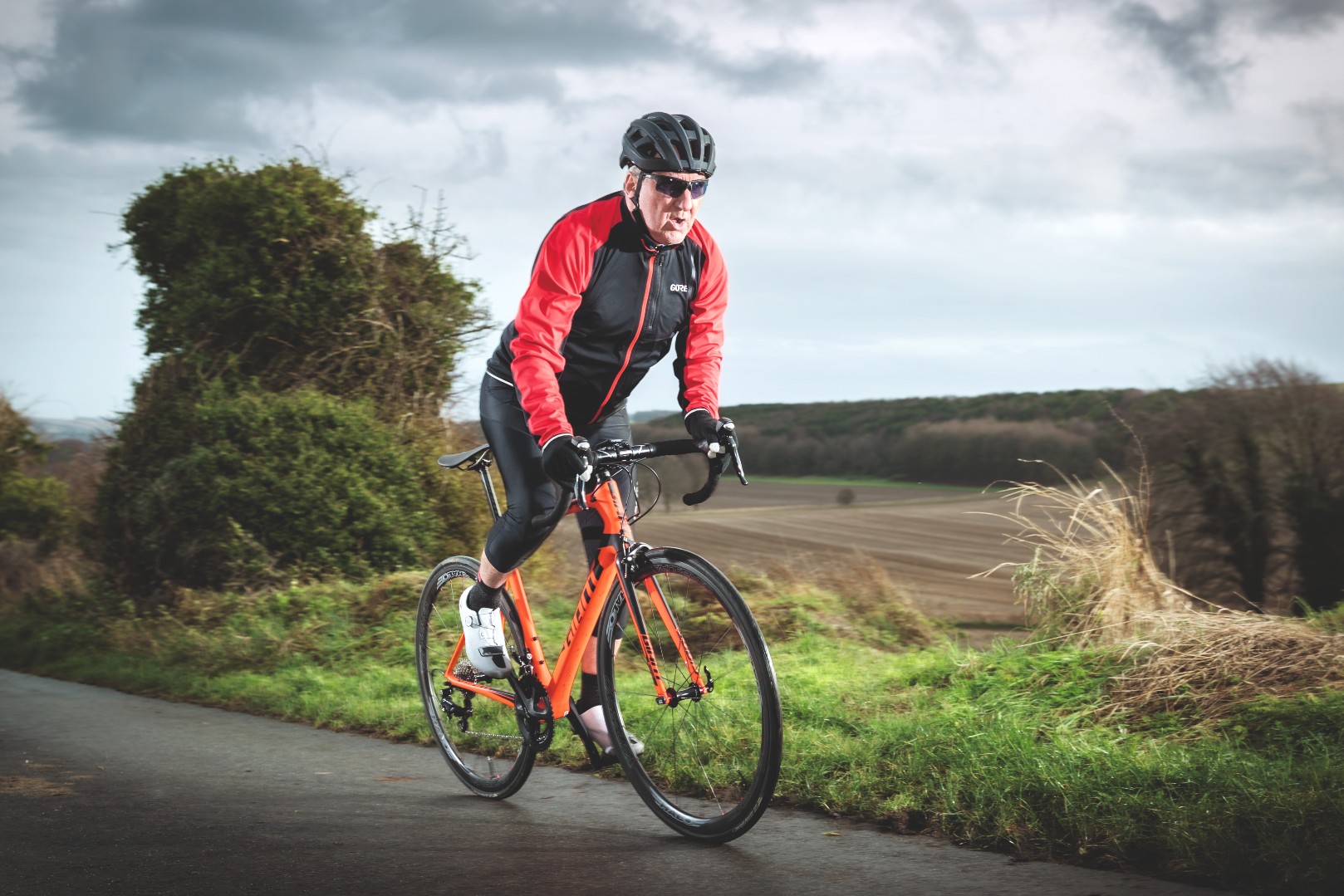Bianchi bikes are presently being ridden by the LottoNL-Jumbo team, with Primož Roglič riding a Bianchi Oltre XR4 to victory in the very mountainous 19th stage of this year’s Tour de France, which is a fine achievement for an aero bike. My Bianchi Oltre XR3 test bike is the slightly snazzier and marginally more aggressive big brother to the XR4.
At first glance, the Oltre XR3’s price looks a little on the high side for a bike with Campagnolo Potenza and modest Fulcrum 7 wheels, which are typically found on much less expensive bikes. But beneath the Bianchi’s Celeste surface lies its secret: Countervail technology.
More techy stuff from a bike company? Not quite. Bianchi is the only bicycle manufacturer to use it, but Countervail was originally developed by the American company Materials Sciences Corporation and has been used by NASA in aerospace applications, so you’d like to think it works.
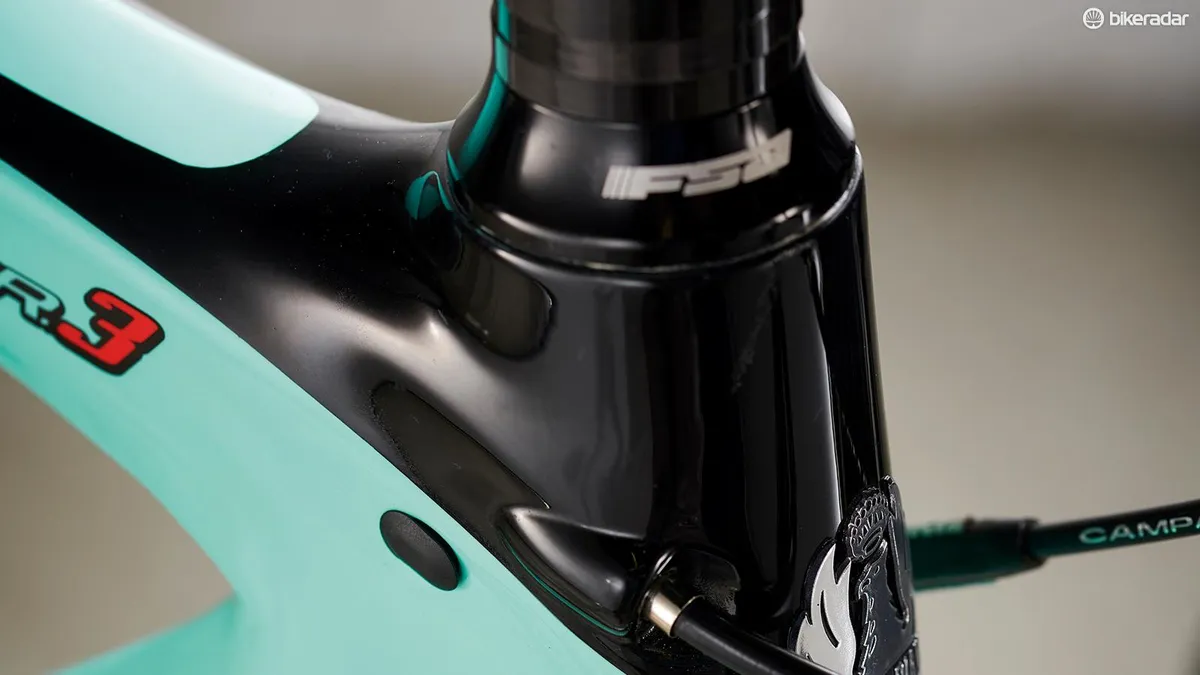
Bianchi’s Countervail combines carbon fibres with viscoelastic resin, to cancel "80 percent of vibrations while increasing the stiffness of its carbon frames and forks".
The Oltre XR3 is stiff, which is evident as soon as you accelerate, with no obvious flex apparent through the tapered 1 1/8-1 1/2in fork or frame, which has deep chainstays and a massive bottom bracket shell, but this efficiency is balanced with Countervail’s comfort-boosting smoothness over rougher surfaces.
Aero credentials are evident in its head tube, seatpost and the wing-profile seat-tube with its dramatic rear wheel cutaway. In spite of this the weight, under 8kg for a largish frame, is decent, with the result that this climbs and descends very well indeed.
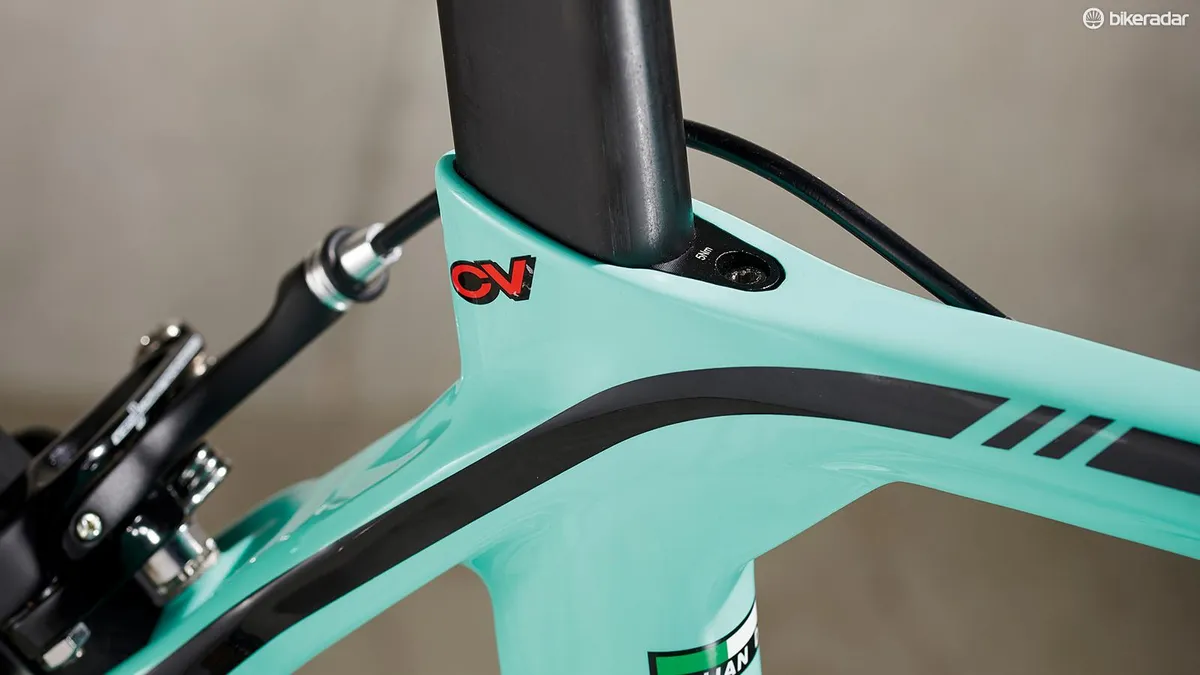
It’s at its best on long rides, where the Countervail will keep you more comfortable for longer. Countervail isn’t designed for bigger bumps, and doesn’t take the sting out like Trek’s IsoSpeed decoupler or Lapierre’s damper. It also means the XR3 doesn’t require the skinny seatstays many manufacturers use to quell vibrations.
The full Potenza groupset works faultlessly, with the 52/36 chainset and 11-29 cassette offering the gears you need for all but the steepest climbs.
The Reparto Corse-branded stem and bar are fine, while the carbon aero seatpost and Selle San Marco saddle combine to do an excellent job of keeping you comfortable on a very stiff frame. You can also flip the seatpost’s head clamp to adjust between 10mm and 25mm offset.
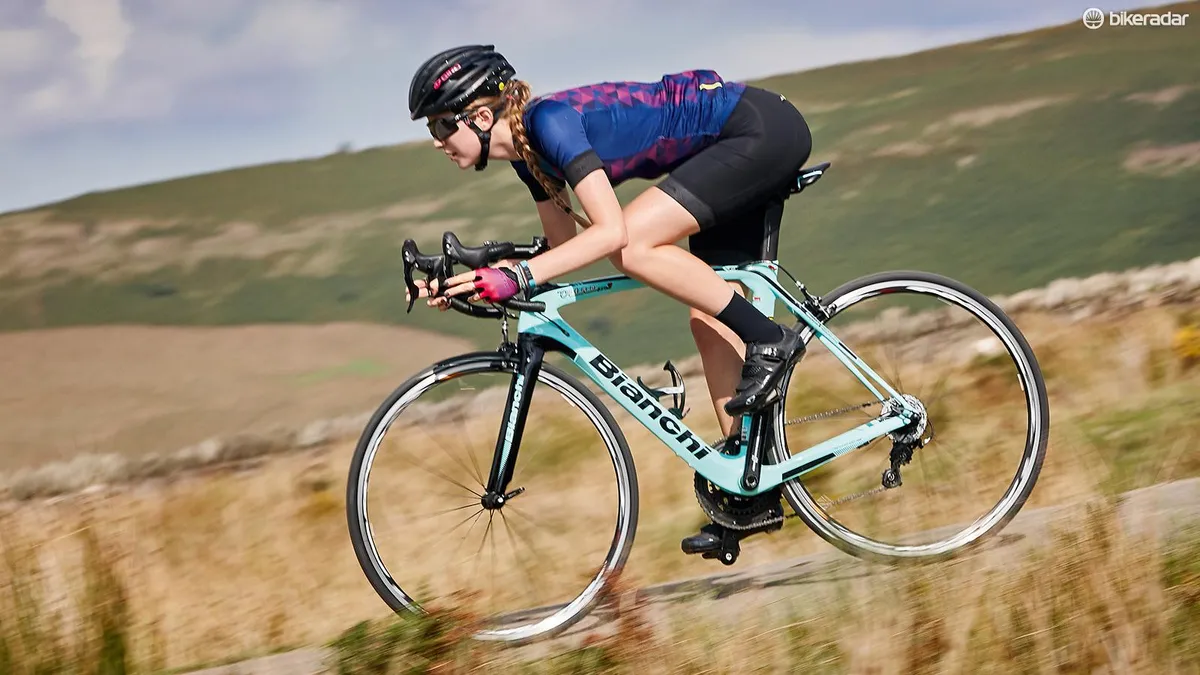
However, the Fulcrum 7s are an entry-level wheel, and while fine, their non-aero design leaves them slightly out of place on a £3,000 aero bike. You also might want to swap the bar tape for something plusher because the Oltre’s is decidedly skimpy and slippery.
The tyres are far from budget options, with the 25mm Vittoria Rubino Pros featuring graphene for extra puncture protection and greater longevity.
Bianchi has delivered a great-looking aero road bike. It’s fast, descends beautifully and copes with poor roads very well, but I’d like to have seen better, aero wheels.
